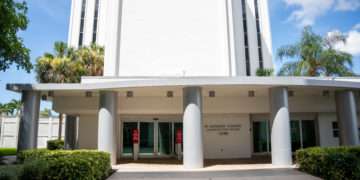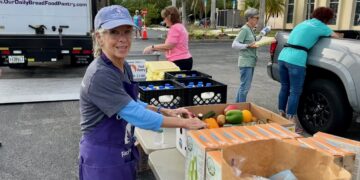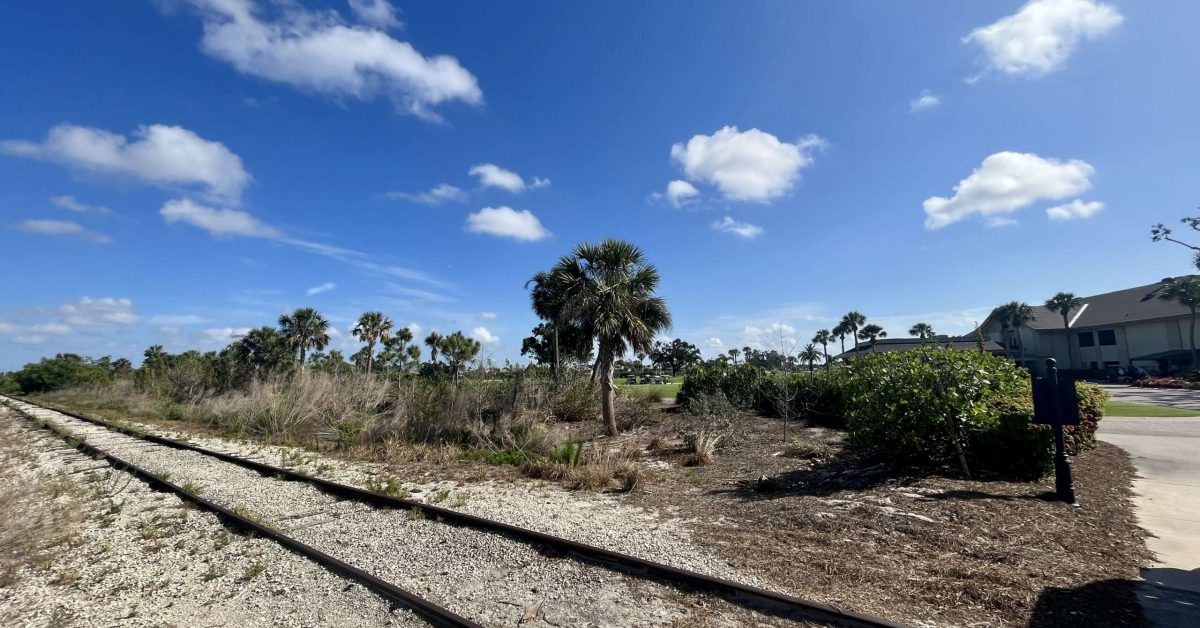The Bonita Estero Rail Trail project could transform a 12-mile portion of Seminole Gulf Railway into a recreational biking trail spanning from northern Collier County to Alico Road in Lee County.
The Friends of the Bonita Estero Rail Trail volunteer citizen group in partnership with nonprofit Trust for Public Land continue to push for the project. A feasibility study was approved by the Lee County Metropolitan Planning Organization on March 17.
While local cyclists advocate for the project, residents in communities and properties where the trail will run through said their concerns are not being considered.
Communities such as The Vines in Estero would be bisected by the trail, creating an exhaustive list of concerns for its community members. “It’s been challenging, because we just want to be part of the conversation so that good decisions are made,” said Vines resident Diana Ackerman. “We think the idea of the trail is great, but it should do no harm while it’s being created.” 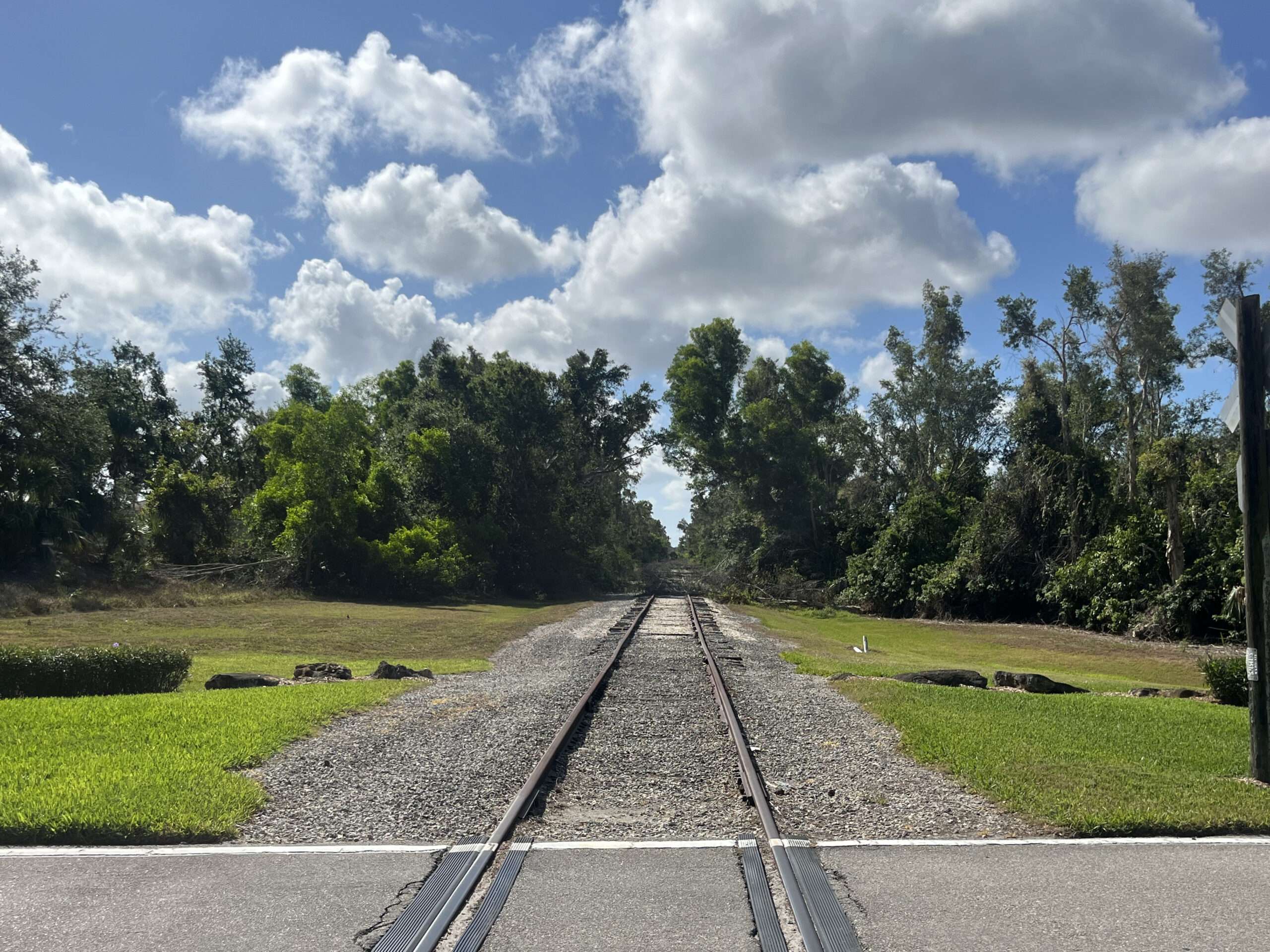
If abandoned tracks were converted to a trail, it would open the private gated community to the public. This means amenities, which residents pay monthly and yearly fees for, could easily be accessed by those who might wander off the trail.
“Everybody who lives here has to pay what’s called the Vines Community Association, or VCA,” Bruce Ackerman said. “The money runs the guardhouse, to security, the lighting of the roads, the paving of the roads, the hedges and the fence.” Other social or fitness memberships in the community are additional fees.
Since the trail would cut through the community’s main access point, safety and security are top concerns for residents. The location of the trail in The Vines also raises concern for traffic flow in the community and stress-free access to amenities.
“I can pass over those tracks six, eight times a day,” Diana Ackerman said. “So, it’s not in my backyard [or] by my house. It just affects the daily use of the community.”
Bruce Ackerman explained their community has approximately 100,000 vehicle crossings at the main road where tracks cross through.
“You can’t imagine what it would be like to have bikers, walkers or people pushing baby carriages and strollers stopping all the traffic coming in and out or emergency vehicles or contractor vehicles multiple times a day,” he said.
As the project continues to gain attention and coverage, residents who have property adjacent to the railroad began to seek out those similarly impacted. Residents from Cascades at Estero, San Carlos Park and Granada Lakes contacted the Ackermans due to their own concerns in their communities.
While the trail doesn’t run through the Ackermans’ backyard, San Carlos Park resident Denise Scheck has a clear view of the tracks from her daughter’s bedroom. “We have the train tracks between us and our neighbors behind and that’s the selling point of the house, that we have this wooded area and buffer zone between us and our neighbors,” she said. 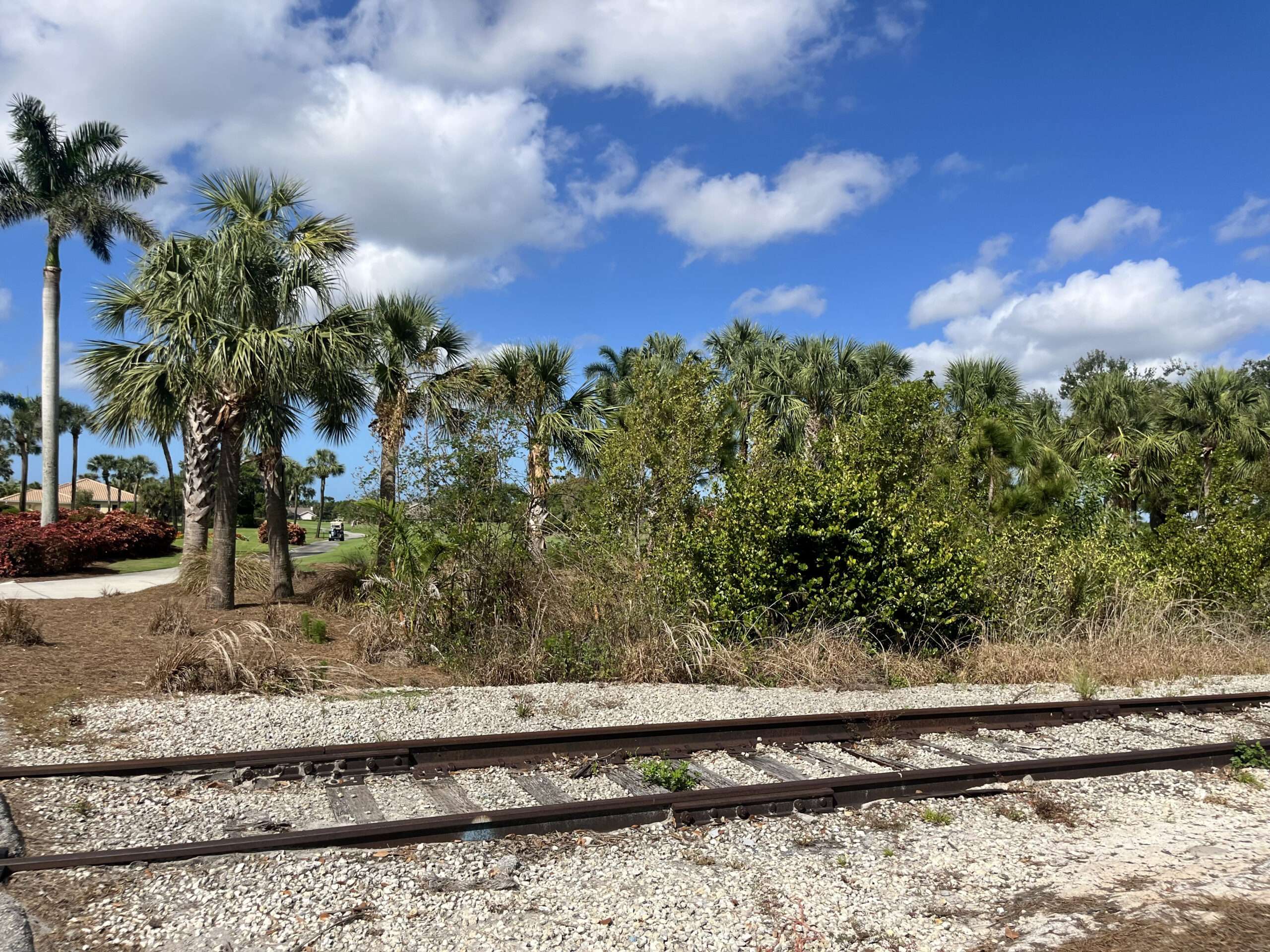
Scheck, a substitute teacher for differing grade levels, said the area where she lives in San Carlos Park experiences problems with dirt bikes, all-terrain vehicles and inconveniences in the street constantly.
She said since the tracks are undeveloped and unlevel, it keeps people out at night, but once it’s cleared and paved, there’s no reason for people to stay out.
Along with safety and security, another one of Scheck’s main concerns is privacy. Her backyard is where she’s able to unwind and enjoy her view. With the trail, the solace she has may be taken away from her.
“Why is it okay to take my privacy away?” Scheck said. “Are the friends of BERT going to allow this to run through their backyards? I don’t think so. It doesn’t affect them at all because it doesn’t run through their community like it does through The Vines. It doesn’t run adjacent to their private property. It doesn’t affect them in any negative way. It’s affected us in a totally negative way.”
The Ackermans, Scheck and other residents are set to file a claim for compensation if the taking of the right-of-way occurs.
The Ackermans proposed alternatives to the planning organization, such as routes running entirely around the communities affected, utilizing existing bike paths and widening them or having overpasses where it conflicts in communities.
“Our main focus is there’s got to be a compromise where you make a great public facility with the least or no negative impact upon everybody concerned and respect everybody’s interest, not just south of us,” Bruce Ackerman said.
Diana Ackerman echoed his sentiment.
“The premise of the trail is fantastic, and we all want to be on board, we want to be on the same team,” she said. “But for sure, a trail can’t take priority over the needs of a community of people.”
